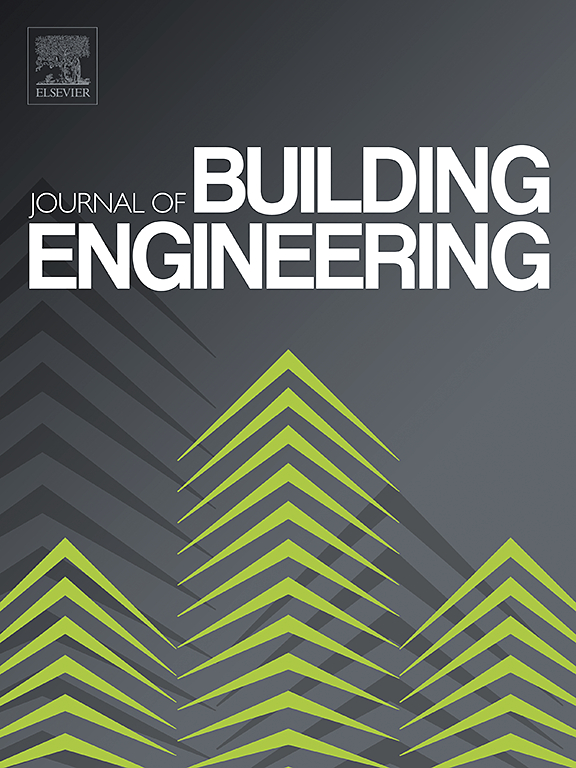The UK faces a significant housing shortage while striving to meet its 2050 net-zero carbon targets. This study explores the potential of Light Gauge Steel Frame (LGSF) modular housing to address both the housing crisis and carbon reduction goals.
Using a case study of a newly constructed all-electric LGSF modular home in Wirral, UK, we assess its energy performance, achieving an Energy Use Intensity (EUI) of 10 kWh/sqm/year—surpassing the UK’s 2021 Nearly-Zero Energy Building (nZEB) and Royal Institute of British Architects (RIBA) 2025 energy targets. Dynamic simulation modelling was employed to optimise design strategies, including fabric efficiency, airtightness, and photovoltaic (PV) systems, which collectively resulted in a net-zero operational carbon footprint. Despite LGSF’s limited use in the UK, its success in countries like Canada, the USA, and Australia suggests its scalability for the UK.
The findings demonstrate that LGSF modular housing can significantly contribute to the UK’s housing targets—380,000 new homes annually, including 163,000 social housing units—while advancing carbon reduction efforts. This study provides real-world data that strengthens the case for LGSF as a sustainable, cost-effective solution for the UK’s housing and climate challenges.

